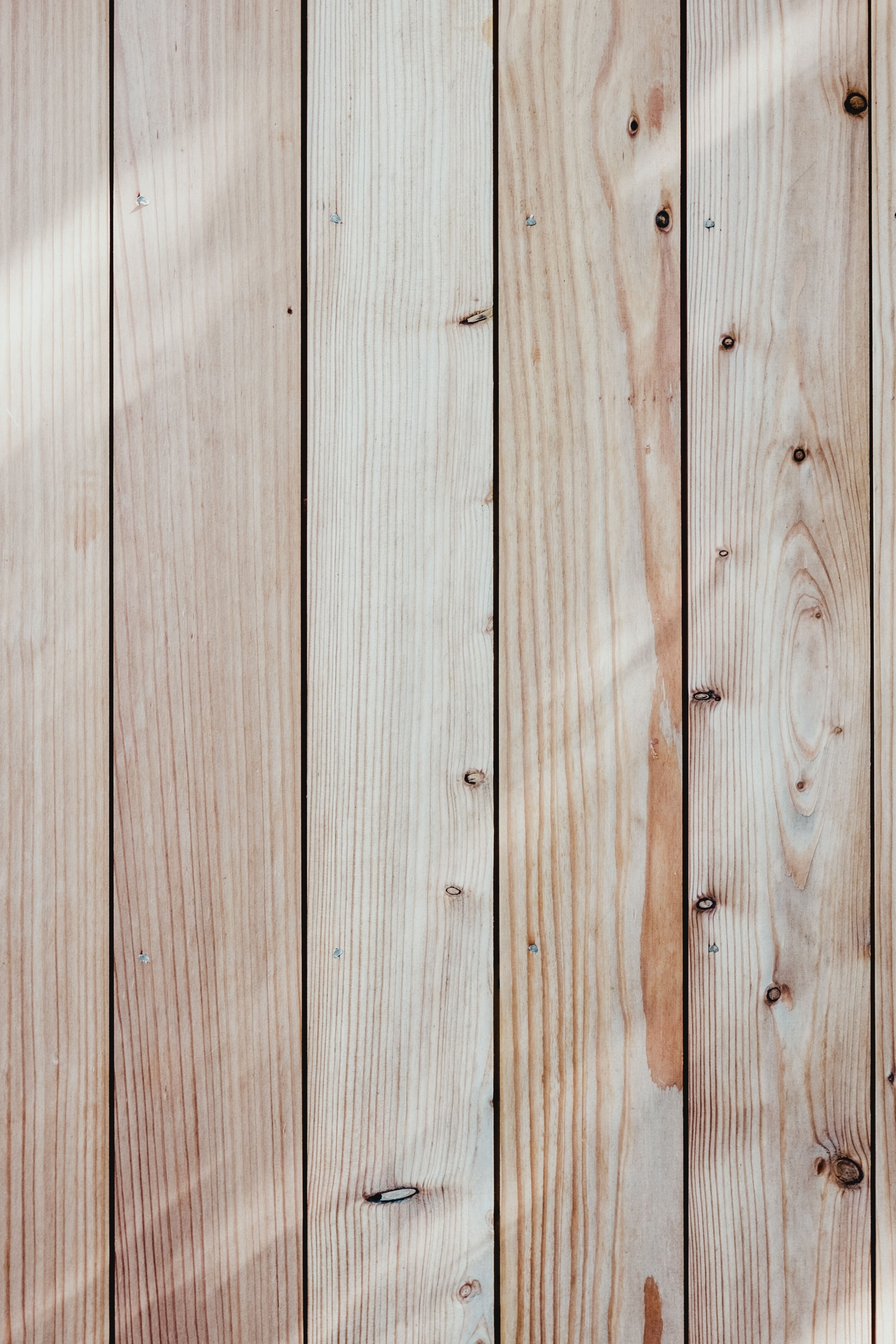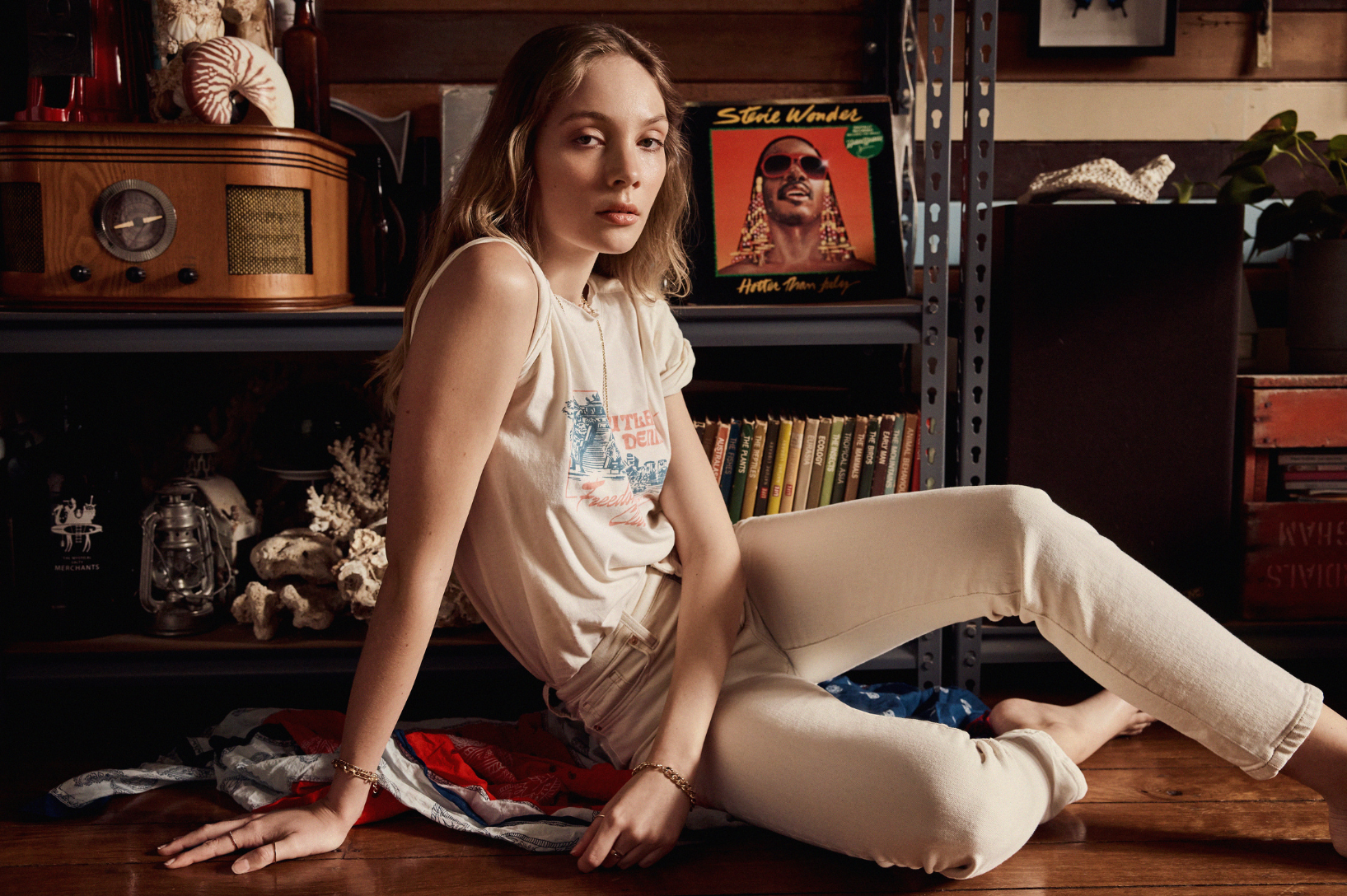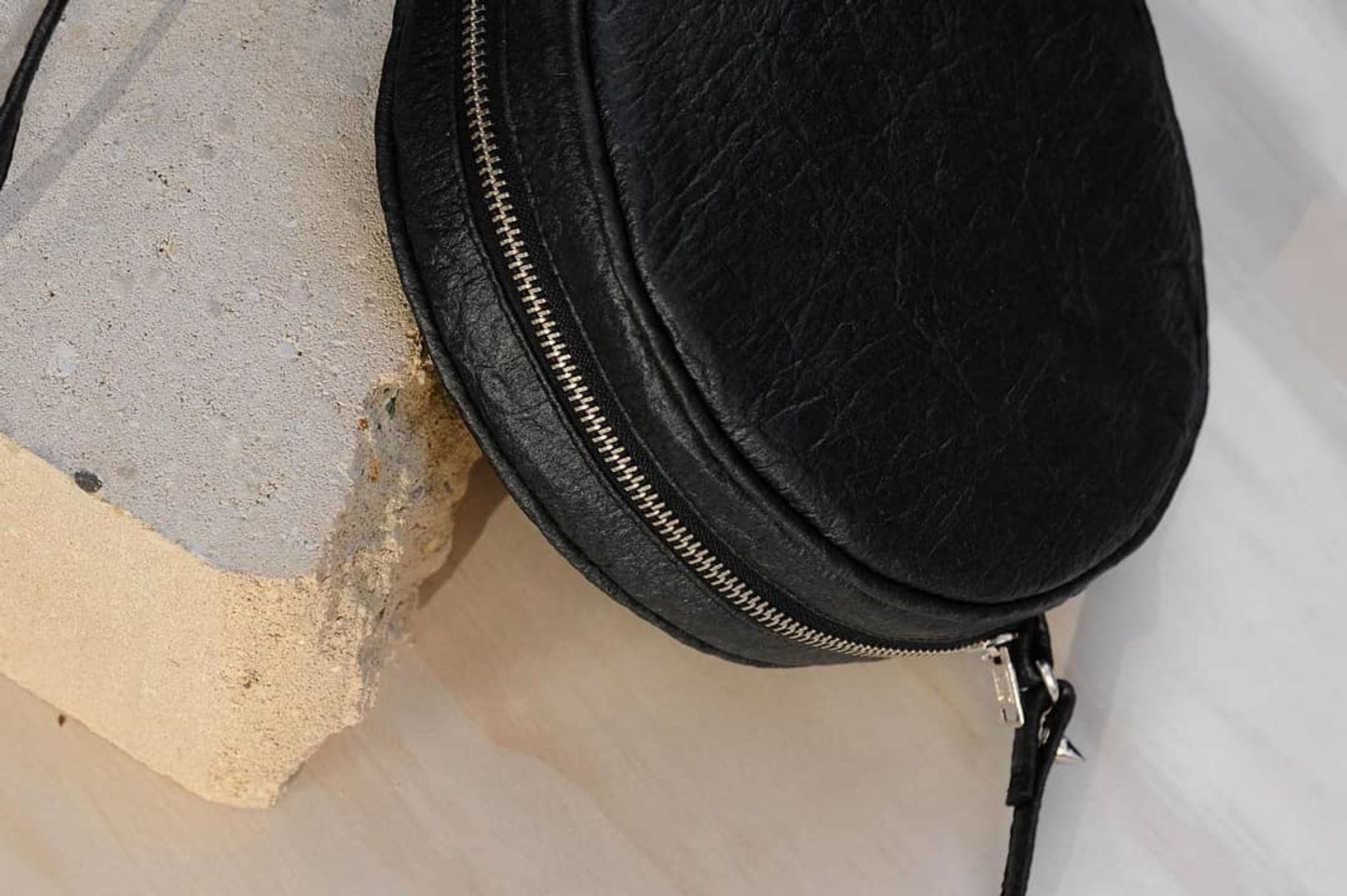What is Viscose, and how is viscose made?
While we have not reached a consensus here at EME, and therefore cannot say in this series of articles on fabrics that fabrics are one of the most interesting topics of all time, they are. If they weren’t, why would you have so many questions about fabrics? You wouldn’t

Written By Gabi Goddard.
What is viscose made from? How is it made?
TLDR; Basically, it’s wood pulp that has undergone significant chemical processing to turn it fabric.
For viscose to be made, the wood pulp (usually from beech, eucalyptus, pine or bamboo) is dissolved and becomes a viscous (*wink*) solution. That solution is 100% cellulose, which is a molecule made up of oxygen, hydrogen and carbon atoms. Even though the creation of the substance requires significant ‘unnatural’ processing, viscose fabric is not considered a synthetic fabric because cellulose is the building block of plants. To make the finished product, the cellulose solution is forced through a ‘spinneret’. Think of it kind of like those playdough plastic toys you had as a kid. You load in the playdough and squeeze hard and noodles come out the little holes. In this case, the spinneret creates tiny, long fibres that are woven or knitted into the viscose material your favourite top is made from!
So… is viscose a natural fibre?
We like to think of it as half and half. The process for making the fibre is synthetic, but the foundation of the fabric is plant-based.
Is viscose breathable? What are its benefits?
Yes, viscose is a breathable fabric! It’s a great summer fabric, because it’s absorbent and breathable. It also has a beautiful handfeel, not unlike silk. It’s smooth and comfortable and hard wearing. You can chuck it in the wash and hang it out to dry and although it feels like it’s lost its softness and beautiful texture when wet, it dries to the same silky finish every time.
Is viscose stretchy?
The short answer: yes, viscose can be stretchy (ish), but this is a trickier question than you’d think! Broadly, any fabric can be created as a knit or a woven material. A knit in this case isn’t quite like the stuff your grandma sits in a chair by the fire making. A 100% cotton t-shirt is a knit. Your ‘mum’ style denim jeans are woven, as is the type of linen you immediately picture when we mention linen. A knit fabric is a single yarn looped over and over to create a braided look, and this results in the finished material having a bit of ‘give’ in it. It might not be super stretchy but we all know t-shirts are pretty accommodating in terms of movement. A woven is made from lots of filaments crossing over and over, it will generally not have any stretch to it. If something is 100% viscose, whether it has give will depend on if it’s a knit or woven fabric.
Of course, if it’s a viscose blend with something stretchy like elastane, it’ll be stretchy. And a bit unforgiving, for the record.
Viscose vs rayon: what’s the difference?
TLDR; Nothing, they’re synonyms.
Molecularly they are the same thing. The substance that is dissolved from wood pulp to turn into fabric is also known as ‘viscose’ (I know, confusing) and therefore anything that is made from that solution (the ‘viscose’) falls under the same title. Think of viscose as a family of fabrics, like wool. With wool, you can get super fine merino, from merino sheep. This will be delicate and feel beautiful against your skin. You could also get Shetland wool, from a Shetland sheep. This will be very hardy but a bit scratchy.
Viscose represents a family of fabrics, too. If your viscose dress is labelled ‘100% viscose’ it’s likely to have a beautiful drape and feel weighty in your hands. In Australia, in general, a fabric is labelled rayon instead if it’s a lighter weight and floatier. Technically though, they’re the same thing and they could be labelled with either title accurately. You may even find a label that says ‘viscose rayon’. Viscose is a pretty old fabric now; about 150 years old. In that time there have been advancements within the viscose family and we now have modal and lyocell. Modal is considered more durable, lighter, and (even) more breathable. Lyocell uses less harsh chemicals in its production and is therefore more environmentally friendly. We’ll have a more in-depth look at both these off-shoots from viscose in the next article in our fabric series.
Is viscose environmentally friendly?
So, is viscose sustainable? TLDR; nah. Not really.
There are lots of different aspects to consider when determining whether a fabric is environmentally friendly. Does it cause degradation to the environment making this material? Does it use resources more quickly than they can be replaced? Will it break down naturally at the end of its life? What is it blended with?
While technically, viscose fabrics should be able to break down naturally at the end of their life, what if they’ve been imbued, as they so often are, with dyes that are not eco-friendly? They are made up of trees that have sometimes been growing for decades and cannot be replaced as quickly as they are being used. And without a certification, you won’t know whether your viscose originated in a sustainably managed forest. Of course, you could get bamboo viscose, but even still you cannot avoid the use of toxic chemicals that will necessarily have an impact on our earth when those chemicals are dumped.
Finally, is that viscose dress 100% viscose, or is it blended with another fibre, like polyester or elastane? Both are pure petrochemicals, and very hard on our environment at every stage.
Our take is that it’s an unsustainable fabric unless carefully managed, and without transparency you can usually assume it’s not. On the plus side, we don’t think it’s as bad as synthetic fabrics like polyester. You can throw it in the wash without fear of adding to the microplastics in the ocean, and because it’s so hard wearing, if you take care of your viscose it could last a couple of decades.
Are there better options?
Yep! There’s Tencel; stay tuned 😉



